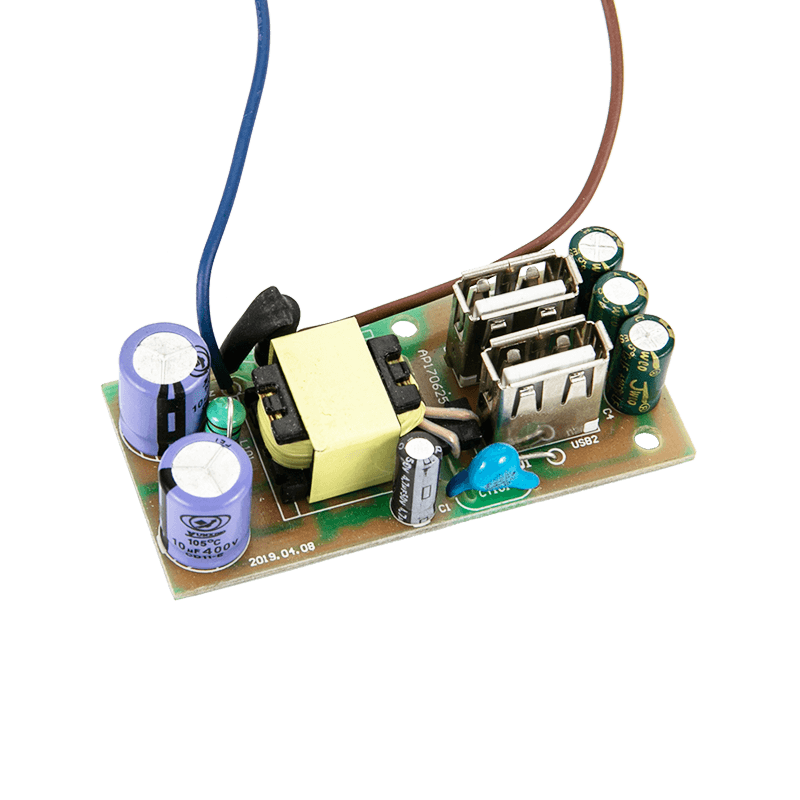

In addition, the grounding transformer has electromagne […]
In addition, the grounding transformer has electromagnetic characteristics, and has high impedance to the positive sequence and negative sequence currents, and only a small excitation current flows in the windings. Since the winding directions of the two windings on each iron core column are opposite, the two windings on the concentric column flow with equal zero-sequence current and present low impedance, and the voltage drop of the zero-sequence current on the winding is very small. Also when a ground fault occurs in the system, positive sequence, negative sequence and zero sequence currents will flow in the windings. This winding presents high impedance to positive sequence and negative sequence currents, and for zero sequence current, since two windings of the same phase are connected in series with opposite polarity, the induced electromotive force is equal in magnitude, opposite in direction, and just cancels each other out, thus showing low impedance .
The working state of the grounding transformer, because many grounding transformers only provide a small resistance to the neutral point grounding, without loading. Therefore, many grounding changes are non-secondary. When the power grid is operating normally, the grounding transformer is equivalent to the no-load state. However, when the power grid fails, the fault current will only pass in a short period of time. When a single-phase grounding fault occurs in the neutral point through a small resistance grounding grid, the highly sensitive zero-sequence protection judges and cuts off the faulty line in a short time. The period from the ground fault to the zero-sequence protection action of the fault line is effective when the fault line is removed. The neutral point grounding resistance and the grounding transformer will pass IR= (U is the system phase voltage, R1 is the neutral point grounding resistance, R2 is the grounding Fault bribe additional resistance) zero sequence circuit. According to the above analysis, the operating characteristics of the grounding transformer are: long-term no-load, short-term overload.
In short, the grounding transformer is an artificially made neutral point to connect the grounding resistance. When a ground fault occurs in the system, it has a high impedance to the positive sequence and negative sequence currents, and a low impedance to the zero sequence currents to make the grounding protection operate reliably.
The function of the grounding transformer is that when the neutral point of the system is delta type connection or Y type connection, the neutral point can not be drawn out, and the neutral point is used to connect the arc suppression coil. The transformer adopts Z type connection (or zigzag connection), which is different from ordinary The difference between the transformer is that each phase coil is wound on two magnetic columns. The advantage of this connection is that the zero sequence magnetic flux can circulate along the magnetic column, while the zero sequence magnetic flux of an ordinary transformer circulates along the leakage magnetic circuit, so Z The zero sequence impedance of the type grounding transformer is very small (about 10Ω), while the ordinary transformer is much larger. Therefore, the regulations stipulate that when ordinary transformers with arc suppression coils are used, their capacity shall not exceed 20% of the transformer capacity, while Z-type transformers can be equipped with arc suppression coils of 90% to 100% capacity. Grounding transformers can be equipped with arc suppression coils. , It can also carry a secondary load, which can replace the variable used, thereby saving investment costs.

Zhejiang Dechuang Transformer Manufacturing Co., Ltd.